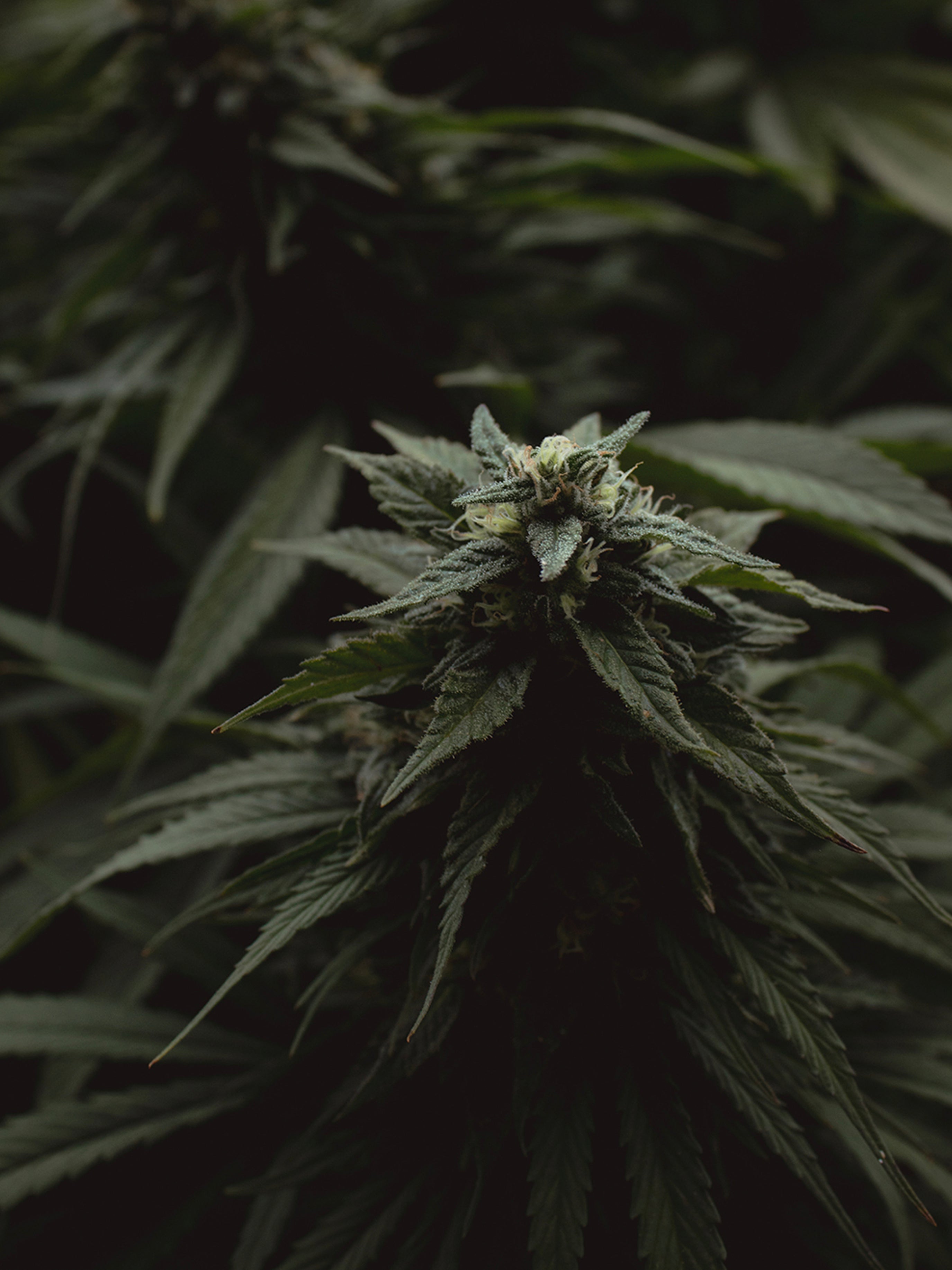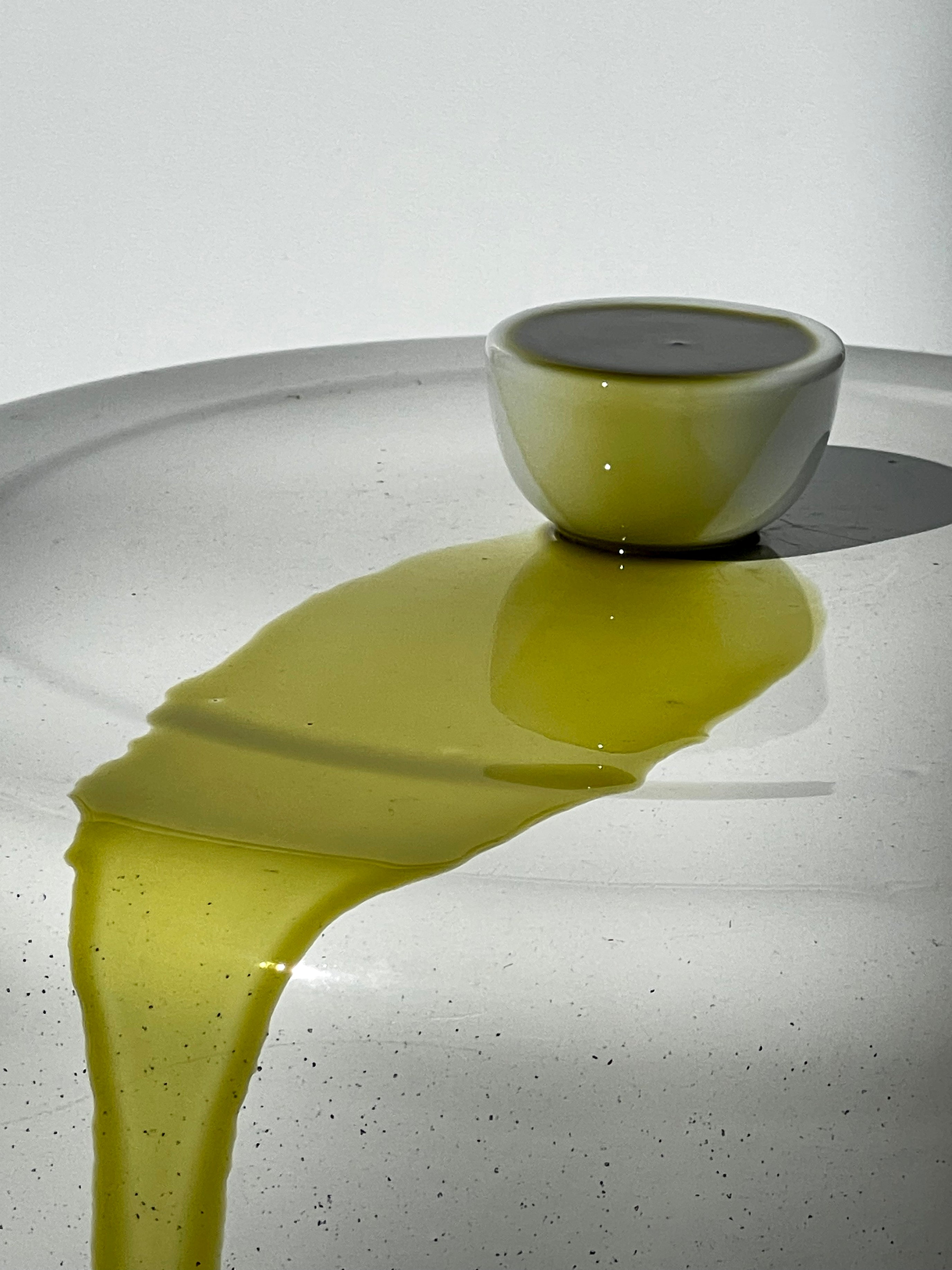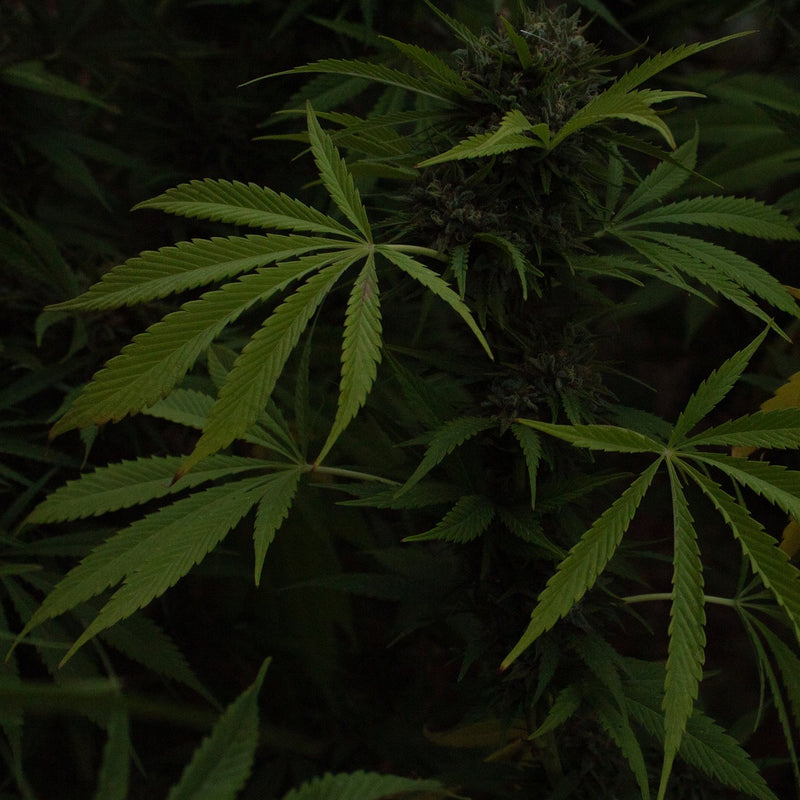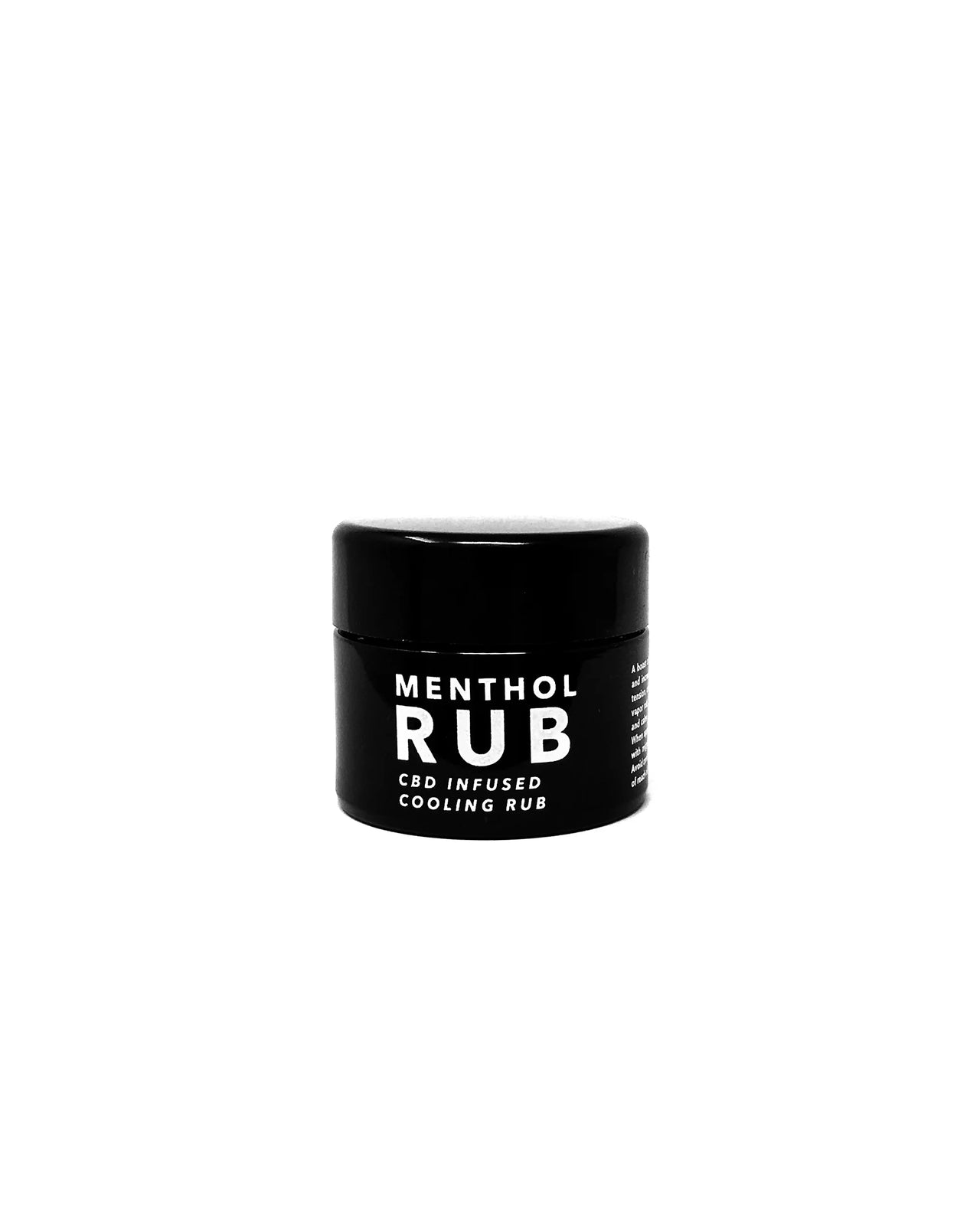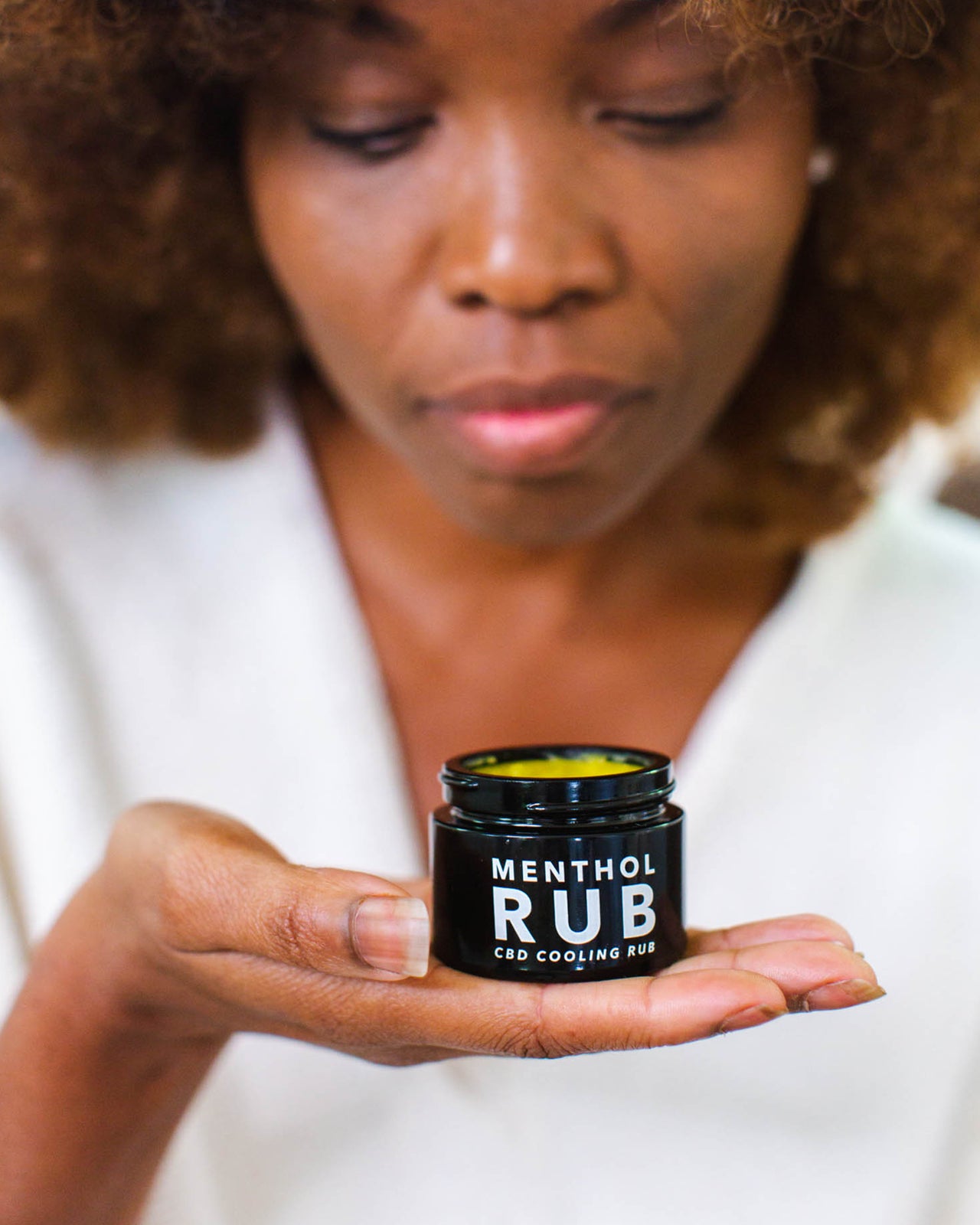A Brief History of Cannabis
The history of cannabis is a tapestry woven with threads of utility, medicine, and controversy. It finds its earliest documented use around 8000 BC, when hemp cords were discovered in pottery near Taiwan. By 6000 BC, the seeds and oil were incorporated into Chinese cuisine, while the plant's fibers were transformed into textiles. The Chinese recognized its significance, even considering it one of their staple grains by 4000 BC.
In the annals of medical history, Emperor Shen Neng of China stands as a pioneer, employing cannabis as medicine as far back as 2700 BC to treat an array of ailments, including gout, rheumatism, and malaria. The plant's sacred status is woven into Hindu traditions, with mentions of "Sacred Grass" or Bhang in the Atharvaveda, a Hindu sacred text dating to 2000 BC.
Around 1000 BC, cannabis found its place in Ayurvedic Medicine, employed both as a religious sacrament and a remedy for a range of conditions, from epilepsy to anxiety. The Egyptian medical papyrus from 1550 BC highlights its potential to alleviate inflammation, and even the mummy of Ramesses II, who passed away in 1213 BC, bore traces of cannabis pollen.
The Assyrians in the Middle East embraced the plant's psychotropic effects between 2000 and 1000 BC, exploring both recreational and medicinal applications. Greek physicians, including the renowned Dioscorides and Claudius Galen, recognized its therapeutic potential. Roman women of the elite class turned to cannabis to alleviate labor pains and menstrual cramps.
In 207 AD, Hua T’o, a pioneering physician, described cannabis as an analgesic, using it in surgical procedures. By 1000 AD, Arabic scholars such as al-Mayusi and al-Badri extolled its virtues in treating epilepsy. The Persian medical writer Avicenna, in 1025 AD, published "Avicenna’s Canon of Medicine," underscoring cannabis's efficacy against gout, edema, infectious wounds, and severe headaches, leaving an indelible mark on Western medicine.
As the years passed, the plant's cultivation spread globally, with applications for both sustenance and medicine. Arab traders brought Indian cannabis seeds to East Africa around 1300 AD, where it proved valuable against malaria, asthma, fever, and dysentery.
In the context of the Americas, it was the Spanish who initially introduced the hemp plant around 1500 AD for industrial purposes, primarily rope and cloth. However, it wasn't until later that cannabis was explored for its medicinal and recreational potential.
In the early days of the United States, hemp played a pivotal role, with mandates for its cultivation in Jamestown in the 1620s and its use as legal tender for tax payments. Figures like Thomas Jefferson and Benjamin Franklin actively championed hemp, emphasizing its advantages over tobacco and its utility in paper production.
It was in 1839 when Irish doctor William O’Shaughnessy unveiled cannabis's medicinal potential in the Western world, recording its effectiveness in various treatments, including cholera-induced vomiting and stomach pain. His work ignited a resurgence of interest in cannabis as a pharmaceutical medicine, with its medicinal use soaring rapidly.
Cannabis made its way into the United States Pharmacopeia in 1853, becoming a recognized medicinal substance until the early 20th century. However, the early 1900s ushered in a period of prohibition. The Harrison Act of 1915, the Marihuana Tax Act of 1937, and the Controlled Substances Act of 1970 contributed to a prolonged era of criminalization and stigmatization.
In the latter part of the 20th century, there were moments of reconsideration. Reports like the Shafer Commission's "Marijuana: A Signal of Misunderstanding" urged a reevaluation of legalization in 1972. President Carter advocated for decriminalization in 1977.
However, the peak of the "war on drugs" was marked by President Nixon's signing of the Controlled Substances Act in 1970. This event classified cannabis as a Schedule 1 drug, asserting it had no medicinal value and a high potential for abuse. The era of anti-drug programs like D.A.R.E. and "Reefer Madness" commenced.
It was not until the passage of the Compassionate Use Act in California in 1996 that the tide began to turn. This marked the first step toward legalizing medical marijuana for individuals with severe or chronic illnesses. Simultaneously, research into cannabinoids like THC and the discovery of the endocannabinoid system paved the way for a new era of understanding.
The 21st century witnessed significant progress in the realm of cannabis legalization. As of today, 12 states have legalized recreational use, 33 states permit medical cannabis, and 47 states have embraced some form of legal hemp legislation. Agricultural hemp cultivation, once experimental, has regained legal status in the United States.
This intricate historical journey of cannabis reflects the evolving perceptions and understandings of a plant that has been integral to human societies for millennia. As the landscape continues to evolve, cannabis's multifaceted role in medicine, industry, and culture unfolds with each passing year.
In the annals of medical history, Emperor Shen Neng of China stands as a pioneer, employing cannabis as medicine as far back as 2700 BC to treat an array of ailments, including gout, rheumatism, and malaria. The plant's sacred status is woven into Hindu traditions, with mentions of "Sacred Grass" or Bhang in the Atharvaveda, a Hindu sacred text dating to 2000 BC.
Around 1000 BC, cannabis found its place in Ayurvedic Medicine, employed both as a religious sacrament and a remedy for a range of conditions, from epilepsy to anxiety. The Egyptian medical papyrus from 1550 BC highlights its potential to alleviate inflammation, and even the mummy of Ramesses II, who passed away in 1213 BC, bore traces of cannabis pollen.
The Assyrians in the Middle East embraced the plant's psychotropic effects between 2000 and 1000 BC, exploring both recreational and medicinal applications. Greek physicians, including the renowned Dioscorides and Claudius Galen, recognized its therapeutic potential. Roman women of the elite class turned to cannabis to alleviate labor pains and menstrual cramps.
In 207 AD, Hua T’o, a pioneering physician, described cannabis as an analgesic, using it in surgical procedures. By 1000 AD, Arabic scholars such as al-Mayusi and al-Badri extolled its virtues in treating epilepsy. The Persian medical writer Avicenna, in 1025 AD, published "Avicenna’s Canon of Medicine," underscoring cannabis's efficacy against gout, edema, infectious wounds, and severe headaches, leaving an indelible mark on Western medicine.
As the years passed, the plant's cultivation spread globally, with applications for both sustenance and medicine. Arab traders brought Indian cannabis seeds to East Africa around 1300 AD, where it proved valuable against malaria, asthma, fever, and dysentery.
In the context of the Americas, it was the Spanish who initially introduced the hemp plant around 1500 AD for industrial purposes, primarily rope and cloth. However, it wasn't until later that cannabis was explored for its medicinal and recreational potential.
In the early days of the United States, hemp played a pivotal role, with mandates for its cultivation in Jamestown in the 1620s and its use as legal tender for tax payments. Figures like Thomas Jefferson and Benjamin Franklin actively championed hemp, emphasizing its advantages over tobacco and its utility in paper production.
It was in 1839 when Irish doctor William O’Shaughnessy unveiled cannabis's medicinal potential in the Western world, recording its effectiveness in various treatments, including cholera-induced vomiting and stomach pain. His work ignited a resurgence of interest in cannabis as a pharmaceutical medicine, with its medicinal use soaring rapidly.
Cannabis made its way into the United States Pharmacopeia in 1853, becoming a recognized medicinal substance until the early 20th century. However, the early 1900s ushered in a period of prohibition. The Harrison Act of 1915, the Marihuana Tax Act of 1937, and the Controlled Substances Act of 1970 contributed to a prolonged era of criminalization and stigmatization.
In the latter part of the 20th century, there were moments of reconsideration. Reports like the Shafer Commission's "Marijuana: A Signal of Misunderstanding" urged a reevaluation of legalization in 1972. President Carter advocated for decriminalization in 1977.
However, the peak of the "war on drugs" was marked by President Nixon's signing of the Controlled Substances Act in 1970. This event classified cannabis as a Schedule 1 drug, asserting it had no medicinal value and a high potential for abuse. The era of anti-drug programs like D.A.R.E. and "Reefer Madness" commenced.
It was not until the passage of the Compassionate Use Act in California in 1996 that the tide began to turn. This marked the first step toward legalizing medical marijuana for individuals with severe or chronic illnesses. Simultaneously, research into cannabinoids like THC and the discovery of the endocannabinoid system paved the way for a new era of understanding.
The 21st century witnessed significant progress in the realm of cannabis legalization. As of today, 12 states have legalized recreational use, 33 states permit medical cannabis, and 47 states have embraced some form of legal hemp legislation. Agricultural hemp cultivation, once experimental, has regained legal status in the United States.
This intricate historical journey of cannabis reflects the evolving perceptions and understandings of a plant that has been integral to human societies for millennia. As the landscape continues to evolve, cannabis's multifaceted role in medicine, industry, and culture unfolds with each passing year.
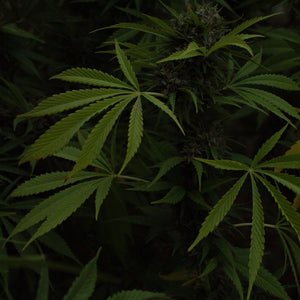

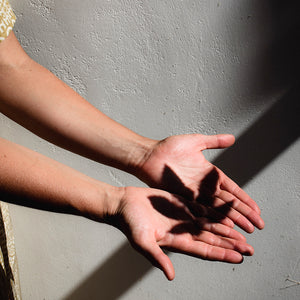
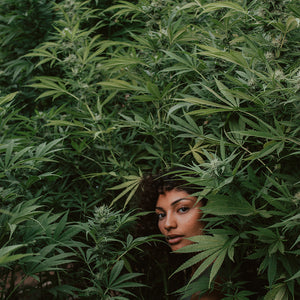
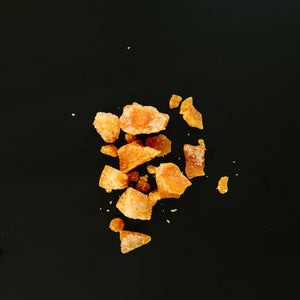
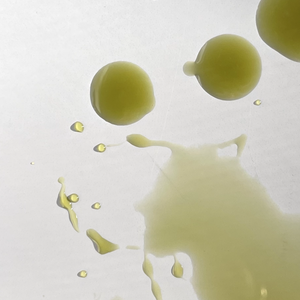

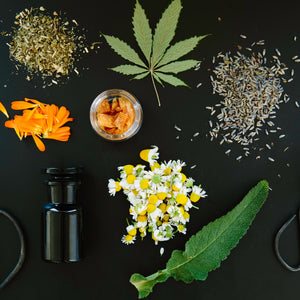
LEARN MORE ABOUT CBD
SHOP CBD
